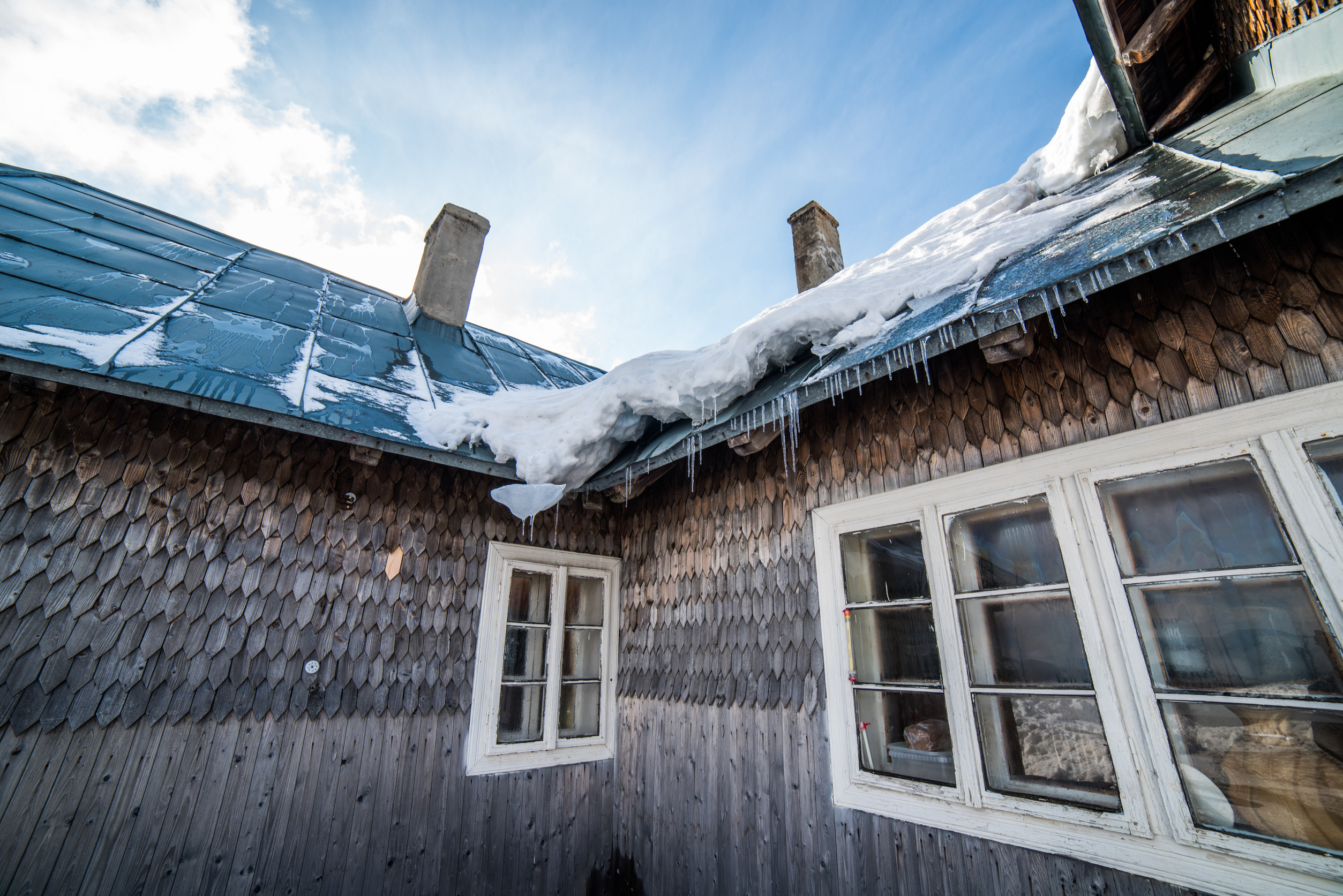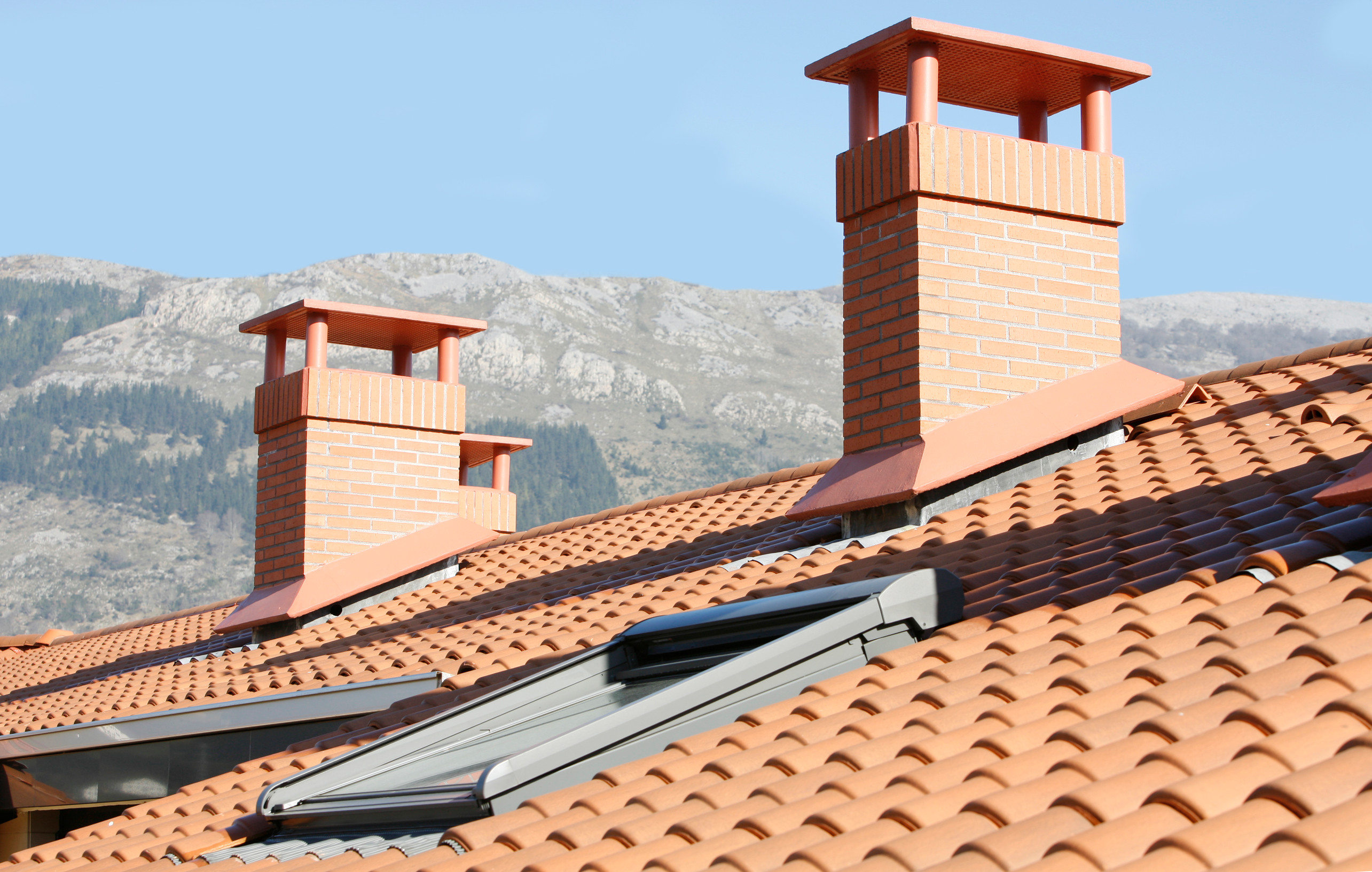The Importance of Proper Roof Ventilation
Proper roof ventilation is essential to protect your home or business. It enhances comfort, prevents moisture damage, lowers energy costs, and extends roof life. For property owners in Maryville, Knoxville, Townsend, Sevierville, Wears Valley, and throughout East Tennessee, ensuring proper attic airflow is a smart and necessary investment.
How Roof Ventilation Works
Effective attic ventilation depends on two main components: intake vents at the eaves or soffits and exhaust vents at the roof peak or ridge. Cool outside air enters through intake vents. That air pushes warmer, moist air out through exhaust vents. This constant air exchange maintains proper attic temperature and humidity. When intake and exhaust are sized and balanced properly, internal conditions remain stable and damage is prevented.
Why Proper Ventilation Matters
Prevent Moisture and Mold
Without proper ventilation, warm air rising from inside the home condenses on cold roof sheathing and framing. That moisture leads to harmful mold, wood rot, and insulation damage. Balanced attic airflow keeps air dry and prevents mold growth while preserving structural integrity.
Reduce Summer Heat
In the summer attic temperatures often exceed 140 degrees. That heat radiates downward, pushing your air conditioner to compensate. Proper ventilation releases that attic heat, lowering indoor temperatures and reducing HVAC strain. That leads to better comfort and lower cooling costs.
Avoid Ice Dams in Winter
Ice dams form when warm attic air melts rooftop snow. Water runs to the colder roof edge and refreezes in gutters. Proper ventilation keeps the roof deck cold and prevents snow from refreezing at the edges. That avoids leaks, insulation damage, and interior ceiling issues.
Extend Roof Lifespan
Heat and moisture accelerate shingle failure, fastener corrosion, sheathing warping, and insulation degradation. Ventilation maintains balanced attic conditions so roofing materials last longer. A roof properly ventilated can outlast others by several years.
Improve Comfort and HVAC Efficiency
Ventilated attics reduce radiant heat transfer into living spaces, stabilizing upper level temperatures and making your HVAC system operate more efficiently. You'll notice quieter, more consistent indoor comfort with less energy usage.
Ventilation Ratios and Guidelines
Building standards suggest 1 square foot of net vent area for every 150 square feet of attic floor space. If a vapor retarder is present, that can be reduced to 1:300. Intake vents should equal or slightly exceed exhaust. Ideally, approximately forty to fifty percent of vent area is exhaust and the rest intake. Over venting can actually depressurize conditioned space and reduce energy efficiency.
Types of Vents and Where to Place Them
Each attic configuration demands specific vent types:
- Soffit Vents act as intake under the eaves. Use baffles to keep insulation from blocking airflow.
- Ridge Vents run along the roof peak and work best when paired with soffit intake.
- Gable Vents in endwalls can serve as secondary intake or exhaust depending on wind.
- Box Vents are static roof-mounted exhaust vents suitable for small attic sections.
- Powered Fans and Solar Attic Fans actively push hot air out and work best when intake venting is sufficient.
Indicators of Ventilation Issues
Monitor for these warning signs:
- Frost or ice stays in gutters after a thaw
- Excess attic heat in summer
- Mold, mildew, or damp insulation in the attic
- Warped or curling shingles
- High cooling bills or uneven indoor temperatures
- Wooden roof decking warping or showing rot
- Excess moisture on attic rafters or insulation
Seeing one or more of these means sufficient ventilation may be lacking.
How to Improve Attic Ventilation
- Inspect intake and exhaust vents for blockages from insulation or pests.
- Add or upgrade soffit and ridge vents to reach balanced airflow.
- Install vent baffles to preserve air channels between insulation and roof deck.
- Calculate vent area needs based on attic square footage.
- Ensure intake is at least equal to exhaust.
- Avoid power vents that depressurize conditioned space if intake is inadequate.
- Contact a roofing expert for comprehensive attic airflow and insulation assessment.
Special Roof Typologies: Metal and Low Slope
Metal roofing requires ventilation to prevent condensation beneath panels. Ridge vents and soffit intake help maintain attic air balance. Low‑slope roofs like EPDM and PVC often need specialized exhaust systems or thermal fans. RC Roofing installs low‑slope roofing systems and ventilation solutions certified to meet building standards.
Why a Professional Contractor Matters
Hiring a certified roofing company ensures:
- Proper sizing and balancing of vents
- Correct vent placement and variety selection
- Integration with attic insulation and baffles
- Compliance with manufacturer installation requirements
- Validity of 10‑year workmanship and 50‑year manufacturer warranties
- Photo-documented inspections and estimates for quality and insurance needs
At RC Roofing, we specialize in roof ventilation installation and repair across East Tennessee. Our services include ridge vent and soffit upgrades, attic airflow assessment, and ventilation design tailored to asphalt, metal, or low-slope roof systems. We deliver all this as part of our comprehensive [residential roofing services] and [commercial roofing solutions], with a transparent [Get a Quote] process that includes photo-backed analysis and expert recommendations.
Real Results from Proper Ventilation
Homeowners who upgraded soffit and ridge system design reported attic temperatures dropping by 30 to 40 degrees in summer. Homes without adequate soffit intake developed mold, insulation saturation, and warped sheathing in just a few years. Properly ventilated homes saw reduced ice dam events over several winters and films stayed intact. Overall energy use and noise levels improved, and roofing repairs became less frequent.
Proper roof ventilation protects your home, improves comfort, lowers energy costs, and extends roof life. If you are seeing mold, hot attics, ice dams, or rising energy bills, improved ventilation may be the missing solution.
Schedule a Ventilation Assessment Today
If you live in Maryville, Knoxville, Townsend, Sevierville, Wears Valley, or nearby East Tennessee neighborhoods, RC Roofing can help diagnose and upgrade your roof ventilation. Our certified technicians provide intake and exhaust evaluation, attic airflow calculation, and installation of ridge and soffit ventilation systems. Visit our Professional Roof Ventilation Installation and Repair page to see detailed service descriptions. Request a free photo-based ventilation estimate using our Get a Quote form or explore our gallery of completed projects to get inspired.
Protect your roof and your comfort with expert ventilation from RC Roofing—your local roofing experts in East Tennessee.







